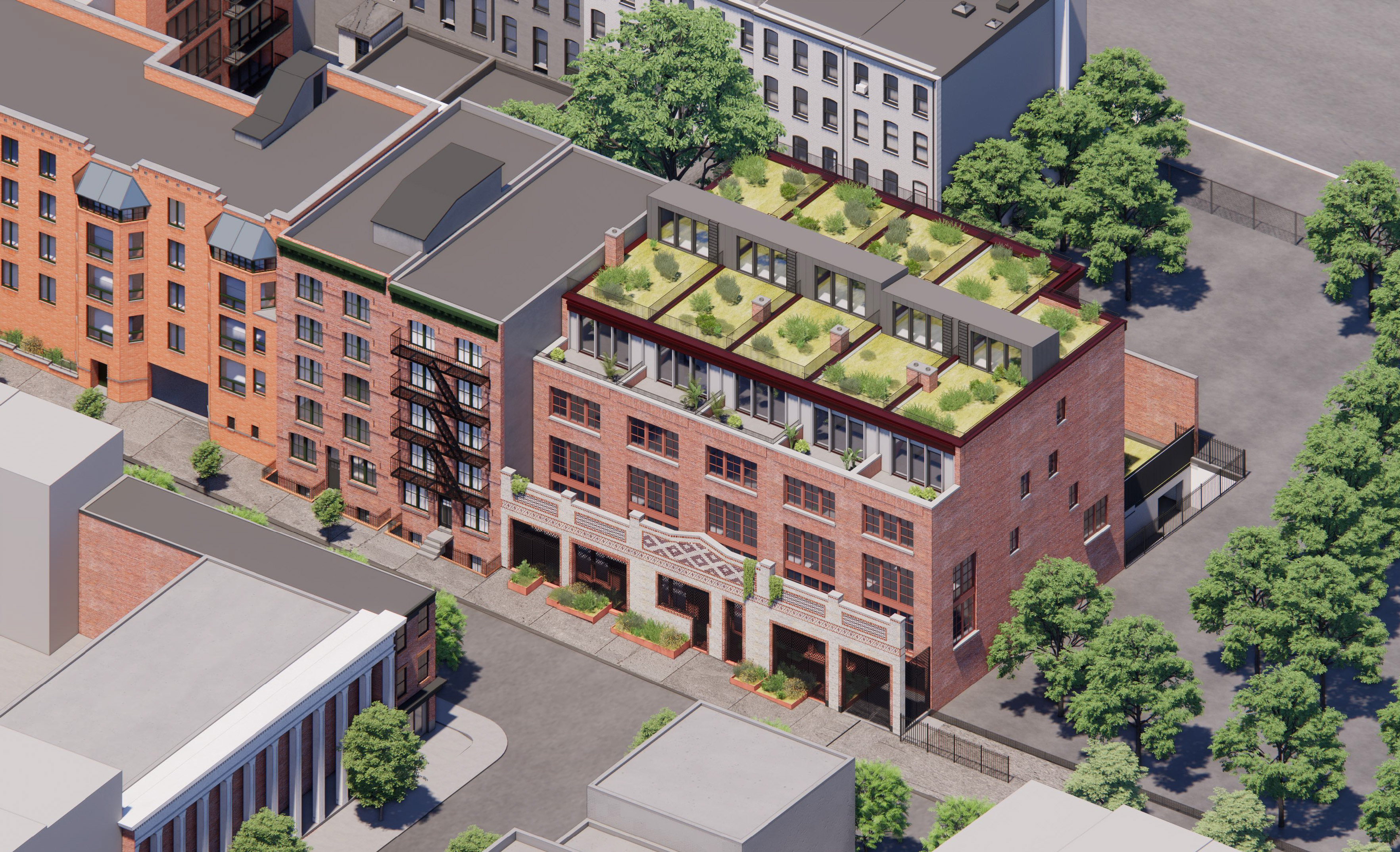Census: Brownstone Belt Gets Richer
The Eagle takes a look at 2010 Census data for Community Districts 2 and 6, “representing most of Brownstone Brooklyn,” and finds the areas have added more residents and gotten more well-to-do since 2000. The two districts added 11,000 people during that period; although more than two-thirds of households rent their homes, that’s a decline…


The Eagle takes a look at 2010 Census data for Community Districts 2 and 6, “representing most of Brownstone Brooklyn,” and finds the areas have added more residents and gotten more well-to-do since 2000. The two districts added 11,000 people during that period; although more than two-thirds of households rent their homes, that’s a decline of 4 percent; and the “number of households in those areas that have a yearly income of less than $35,000 has gone down 11 percent. At 27 percent, this is much less than in Brooklyn as a whole and in the city.” Meanwhile, as the article notes, the wealth of the two districts “may actually be understated, due to the presence of large low-income housing projects in Red Hook, Gowanus and Fort Greene.”
Brownstone Districts Show Growth in Population, Wealth [Eagle]





It is the GOP platform with plenty of support from limousine liberals. Talk to some of them, they’ll tell you all about how they don’t get a pension so why should some public employee who went to public school and maybe didn’t even go to college get one?
“God bless America and god bless limousine liberals from Park Slope.”
Not to hijack the conversation but it’s it the GOP platform to get rid of collective bargaining?
lets all sing along:
There’s nothin’ surer
the rich get richer and
the poor get poorer.
So wealthy people stayed wealthy or became wealthier during the boom years, but god forbid we would tax them at a higher rate. Instead, we want to take away working people’s collectively bargained rights to “fix” the economy. God bless America and god bless limousine liberals from Park Slope.
Agree that this environmental determinism is silly. 100 years ago it was thought that the tenements’ built form, with no open play areas, and no access to light and air, were responsible for their residents’ perceived misdeeds. So the tenements were cleared and replaced with towers interspersed with playgrounds and yards, but the crime, drug use, unemployment, etc., continued.
Apparently it’s not just Rob:
http://www.theatlantic.com/magazine/archive/2008/07/american-murder-mystery/6872/1/#
In the most literal sense, the national effort to diffuse poverty has succeeded. Since 1990, the number of Americans living in neighborhoods of concentrated poverty—meaning that at least 40 percent of households are below the federal poverty level—has declined by 24percent. But this doesn’t tell the whole story. Recently, the housing expert George Galster, of Wayne State University, analyzed the shifts in urban poverty and published his results in a paper called “A Cautionary Tale.†While fewer Americans live in high-poverty neighborhoods, increasing numbers now live in places with “moderate†poverty rates, meaning rates of 20 to 40 percent. This pattern is not necessarily better, either for poor people trying to break away from bad neighborhoods or for cities, Galster explains. His paper compares two scenarios: a city split into high-poverty and low-poverty areas, and a city dominated by median-poverty ones. The latter arrangement is likely to produce more bad neighborhoods and more total crime, he concludes, based on a computer model of how social dysfunction spreads.
Studies show that recipients of Section8 vouchers have tended to choose moderately poor neighborhoods that were already on the decline, not low-poverty neighborhoods. One recent study publicized by HUD warned that policy makers should lower their expectations, because voucher recipients seemed not to be spreading out, as they had hoped, but clustering together. Galster theorizes that every neighborhood has its tipping point—a threshold well below a 40 percent poverty rate—beyond which crime explodes and other severe social problems set in. Pushing a greater number of neighborhoods past that tipping point is likely to produce more total crime. In 2003, the Brookings Institution published a list of the 15 cities where the number of high-poverty neighborhoods had declined the most. In recent years, most of those cities have also shown up as among the most violent in the U.S., according to FBI data.
“The Architecture of the projects is repeated in many middle class and higher developments in NYC and beyond.”
There are plenty market rate buildings in Manhattan that would look like they would have fit in at Cabrini Green in Chicago.
quote:
Does Rob or anyone else know of an article or study discussing or supporting this statement: “in lots of cities where they razed the high rise projects and gave out section 8 vouchers, crime spread like wildfire in all the surrounding suburbs.”
go to any section of the city data forums and read about all the first ring suburbs in cities that razed the projects and read the gazillions of horror stories. you can also call the local precincts and look up crime stats yourself.
i just googled it, looked up section 8 crime export problems, lots of stuff comes up about crime spreading because rich people who now want to live in the inner cities shoo away the poor as far as they can.
*rob*
of course not….that is just *Rob* spouting diarrhea of the mouth. Pay no attention.
Article says nothing about adjusting for inflation. Wouldn’t over 10 years the # of families under $35k go down significantly just because of inflation?